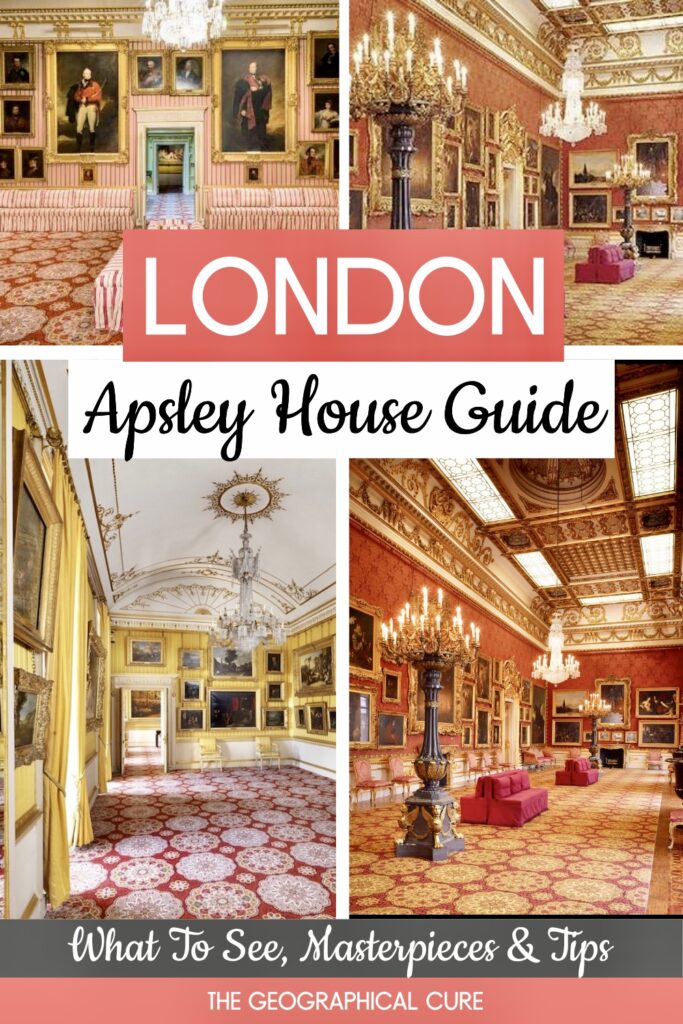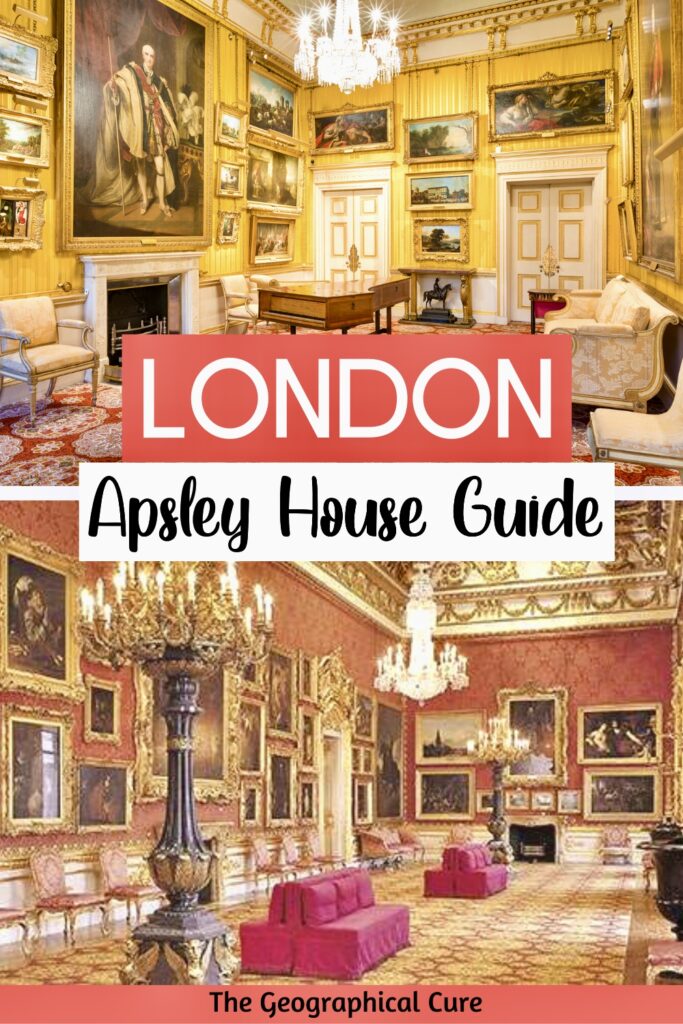Apsley House is the only aristocratic mansion in London open to the public. It’s the historic home of the Duke of Wellington, the “Iron Duke.” After beating Napoleon at the Battle of Waterloo, he became the most famous man in Europe.
Riches were showered upon him for keeping England English instead of French. With them, he purchased London’s ultimate address, Number One London.
The Neo-Classical mansion showcases the opulence and elegance of the Regency era. It’s celebrated for its rich history and impressive art collection. The best paintings were gifts to the duke from King Ferdinand VII of Spain.
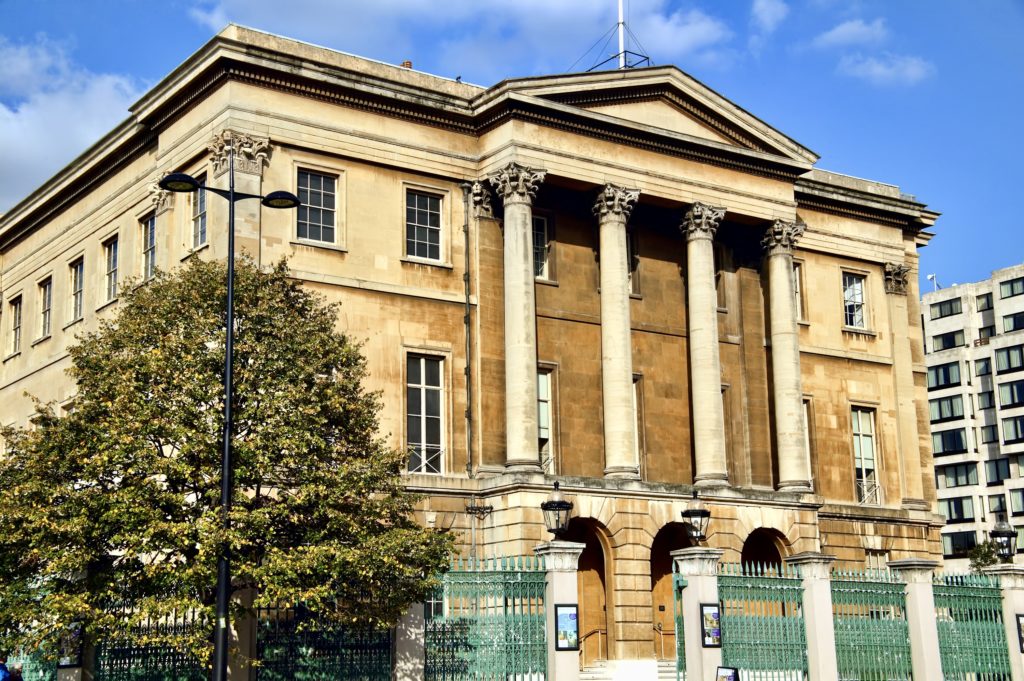
Though Apsley House sits near the entrance of Hyde Park, you might not even know it’s there. Despite its accolades, Apsley House remains a hidden gem in London, a place where you can admire some world class paintings in a sumptuous interior space.
On a visit, you can explore the Duke’s private quarters and state rooms. They’re sprinkled with fancy wallpaper, chandeliers, furniture, and wall-to-wall paintings.
You’ll get a glimpse into the life of the great solider and two-time prime minister, whose descendants still have a suite in the house.
The undoubted highlight of Apsley House is the remarkable art collection in the Waterloo Gallery. It boasts works by renowned artists such as Velázquez, Correggio, Rubens, Jan Steen, and Goya.
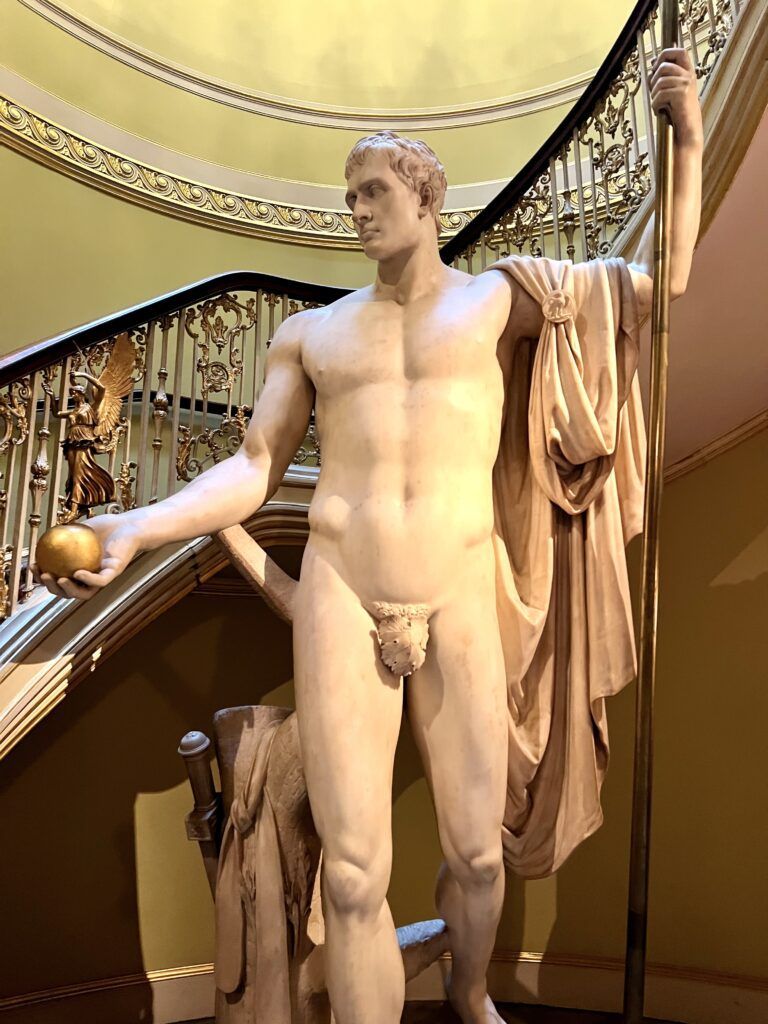
Guide To Apsley House: What To See
Here’s what you can see on a visit to Apsley House, also known as the Wellington Museum. You aren’t allowed to take photos. But the museum gave me permission to use their photographs.
Antonio Canova, Napoleon
When you enter the museum, you’re greeted by an 11 foot tall marble statue of Napoleon, clad only in a fig leaf. He stands at the foot of the principle staircase.
Napoleon himself commissioned the great Neo-Classical sculptor Antonio Canova to make it for him. Napoleon wanted to emulate the Roman emperors who portrayed themselves as gods.
But he didn’t like the end product. After Napoleon’s defeat, Wellington purchased it as a war trophy.
It’s one of several images of Napoleon he acquired for his house. The two men were complete opposites — Napoleon a daring general and Wellington a play-it-safe strategist.
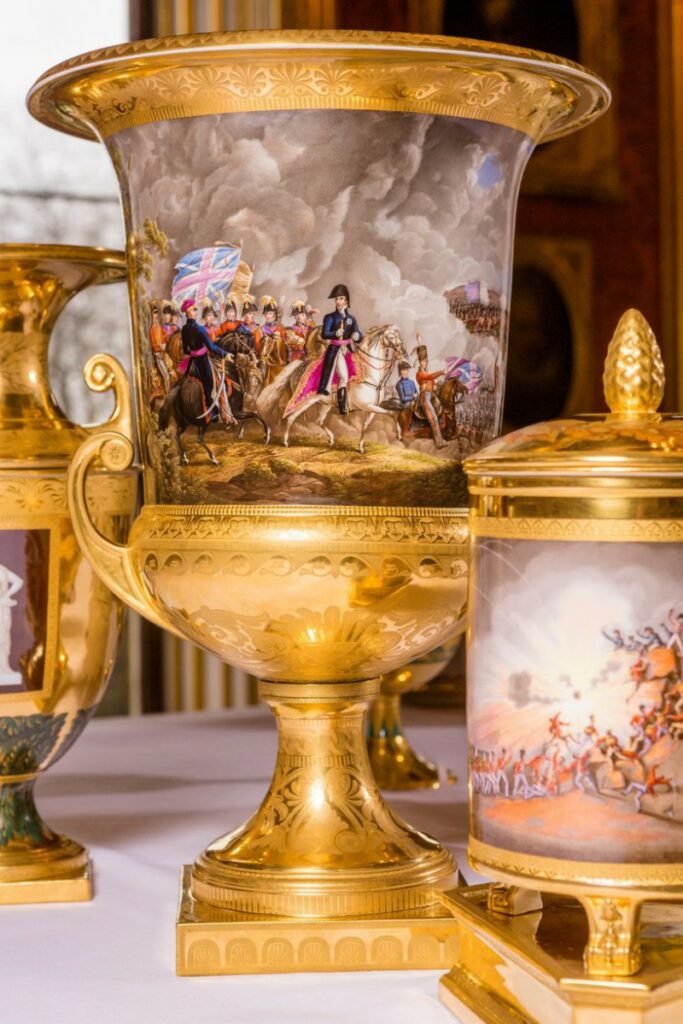
Museum Room
This room is filled with a large number of porcelain services given to the duke by grateful European monarchs. It’s essentially a private treasury.
The Prussian set depicts military scenes from scenes from Wellington’s life.
The central cabinet houses the most famous item — the Egyptian Centerpiece. It was made for Josephine Bonaparte in 1809 to mark her divorce from Napoleon. It was later given to Wellington by Louis VIII of France.
There is a good painting of George III by George Ramsay. You can also see the massive Waterloo Shield, elaborate candelabra, and gold and silver swords.
The shield was inspired by Homer’s description of the shield of Achilles. It depicts Wellington in the center and his ten major campaigns in the surrounding reliefs.
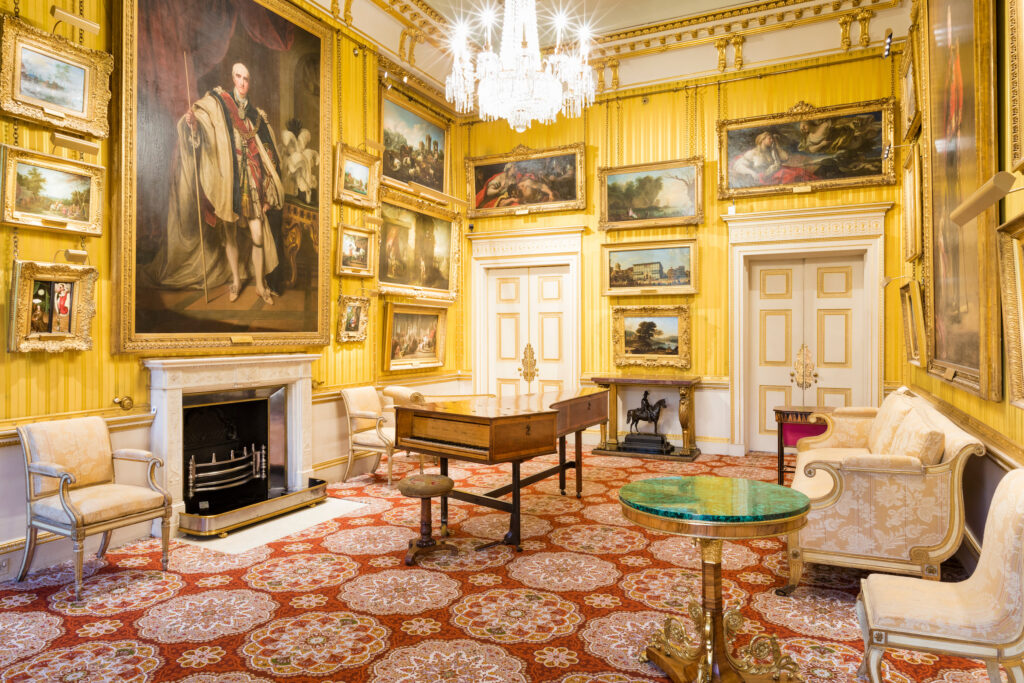
The Picadilly Drawing Room
This interior was designed by the fashionable architect Robert Adam. It was later redecorated by Benjamin West.
The main features are the yellow silk satin walls, ceiling frieze, and marble fireplace.
Wellington was fond of music and used this as a music room of sorts. The famous opera composer Rossini even performed here.
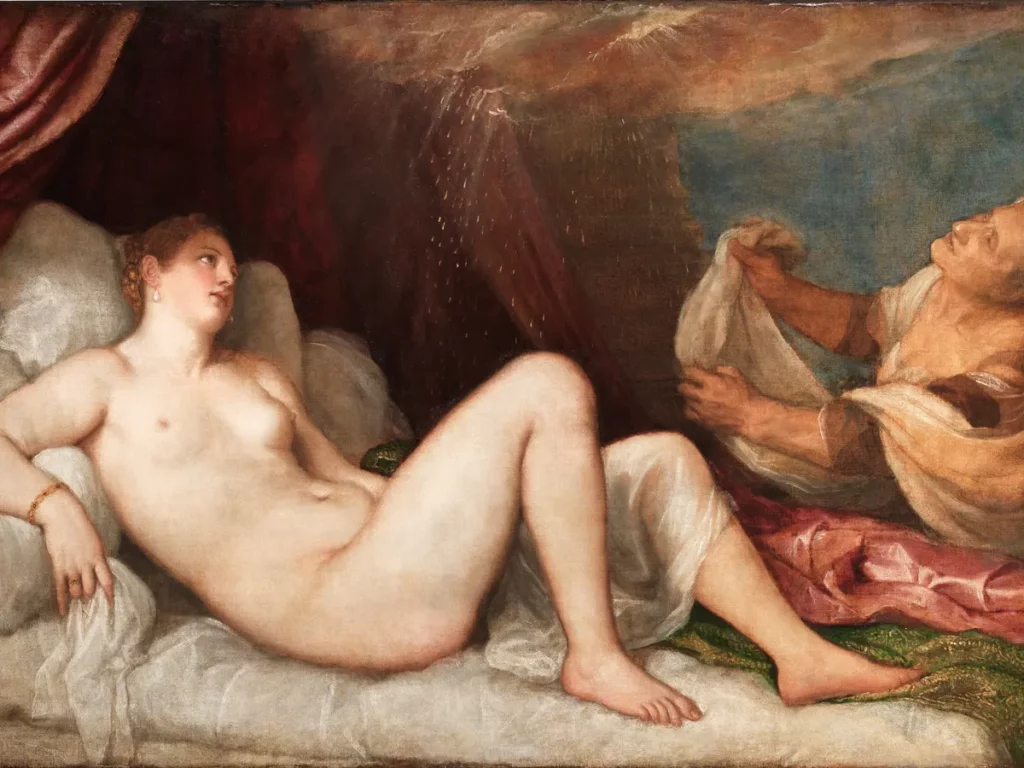
There are some fine Dutch paintings in the room as well as the Waterloo Despatch. It’s a large painting by David Wilkie showing his victory over Napoleon being read out loud.
The star of the this room is Titian’s Danae. It’s one of his six “poesies.” There’s been a lot of controversy over it.
But the museum says this one is the original Danae. A similar one is in the Prado Museum. The current duke has a copy of it in his bedroom.
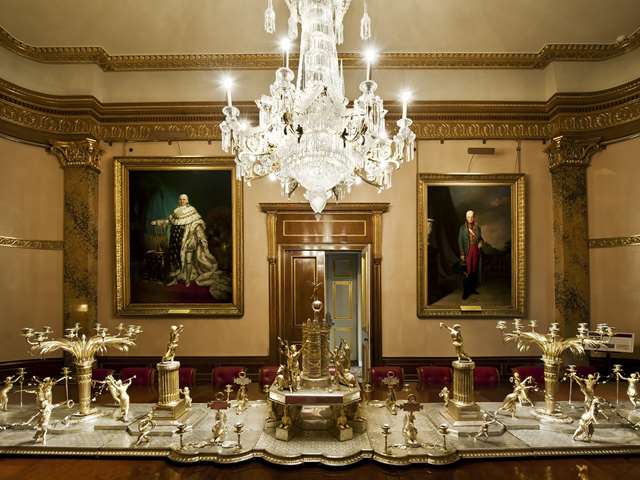
State Dining Room
The Dining Room was completed in 1819. This was where the annual Waterloo Banquets were held from 1821 to 1830.
It was a gathering for former generals and royal guests. In the center is a Portuguese silver gilt centerpiece, which comprises more than 1,000 pies.
The center figure represents four continents paying homage to the armies.
Wellington was reputedly a fussy eater, neither eating or drinking much. But he was known as a gracious host and witty conversationalist.
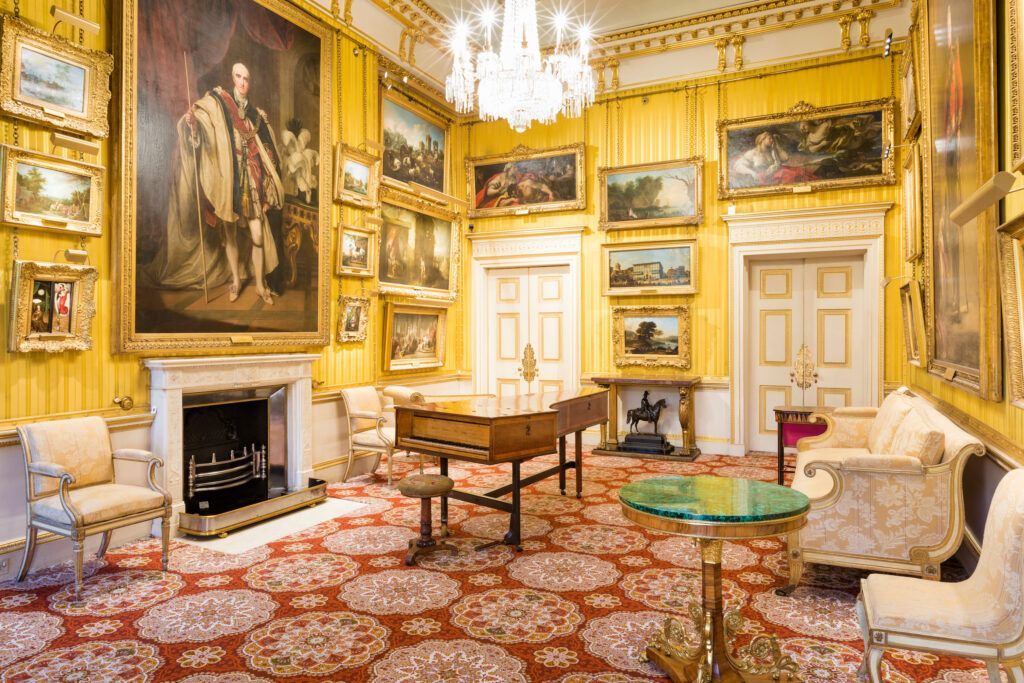
Yellow Drawing Room
In the first duke’s day, this was used as another drawing room.
The original furnishings included a Grecian couch in white and gold. Striped tablet silk decorated the walls.
There is a bust by Canova gifted by the artist himself. It’s one of four “ideal” heads Canova created for British gentlemen instrumental in returning treasures looted by Napoleon to the Louvre.
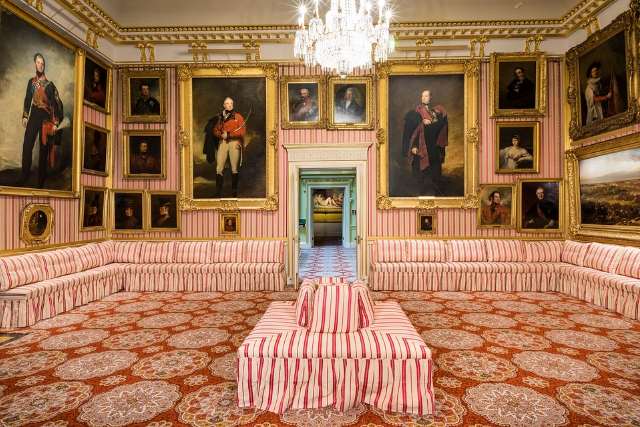
Striped Drawing Room
This was a room where Wellington and his guests would relax before dinner.
It was also where the duke displayed his growing collections of portraits, becoming a personal hall of fame for his military friends.
There are three full length portraits by the esteemed British artist Thomas Lawrence.
The decor is quite, uh, distinctive, with striped everywhere. Definitely not to my taste.
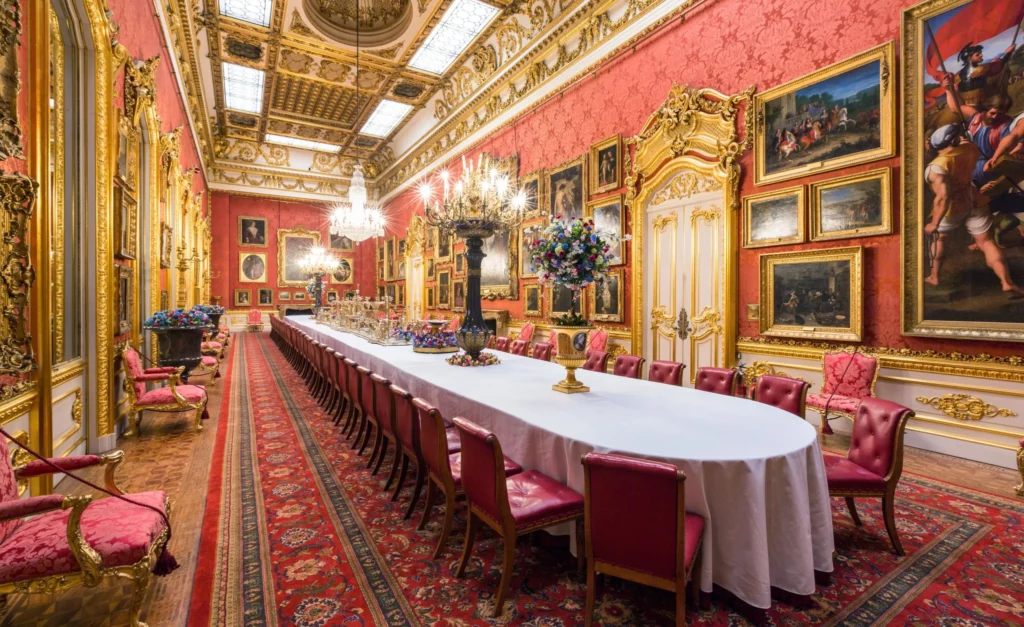
Waterloo Gallery
This gallery is one of the great palatial interiors in the UK.
It was added to the house top accommodate the annual Waterloo Banquet, the annual dinner held to celebrate the defeat of Napoleon.
With this addition, Apsley House went from an aristocratic town house to palatial status.
The architectural style of the room evokes the age of Louis XIV of France. The windows in the gallery have sliding shutters fitted with mirrors.
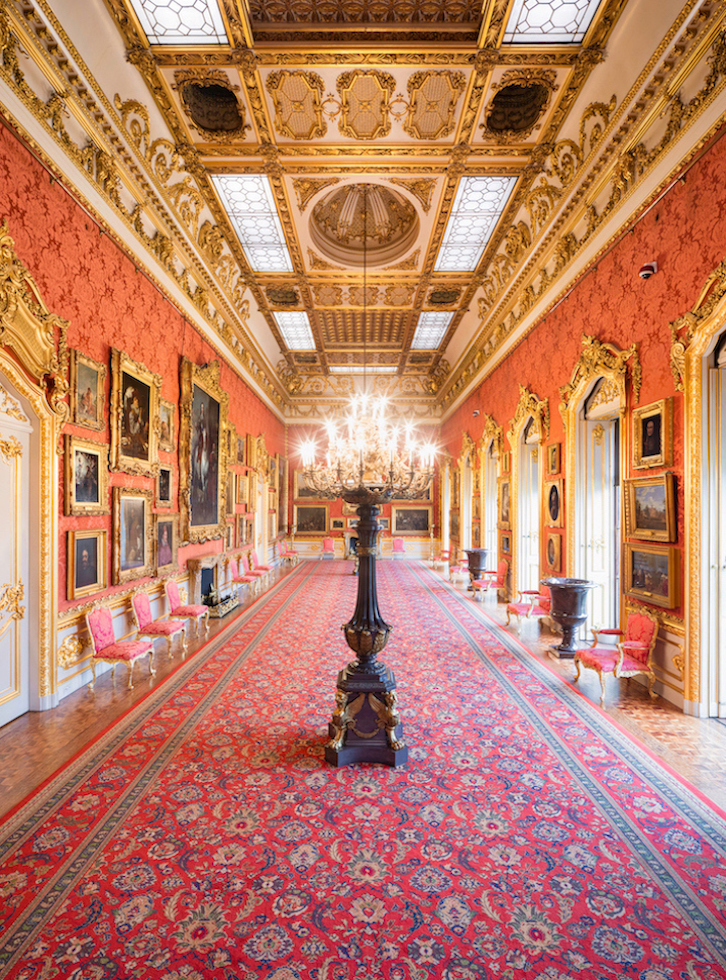
The gallery was designed to be top lit with natural light. So, the ceiling has an iron and glass roof.
Much of the design came courtesy of Harriet Arbuthnot. But she did not have her way when it came to the color of the walls.
Wellington insisted on the Regency fashion of the day — yellow silk damask. I must say, when I look at photos from that time, I agree this was not the best color to show off the paintings in their gilded frames.
The 2nd duke replaced the yellow silk with red silk, almost immediately after his father’s death.
There are plenty of sofas to sit down here and take in the magnificent room and paintings.
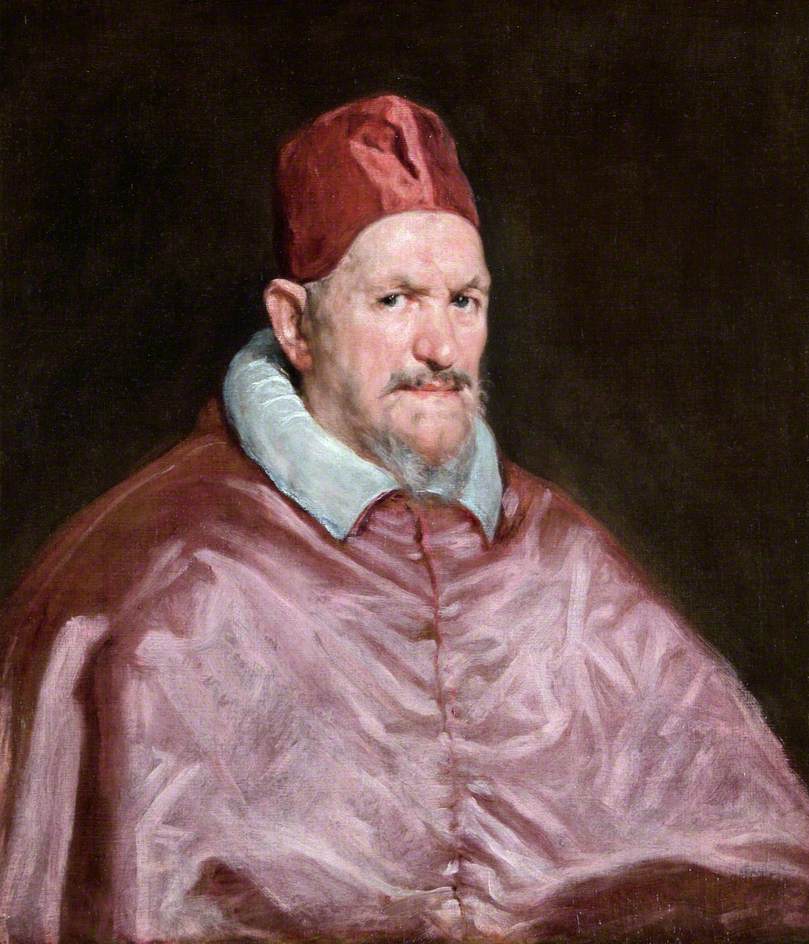
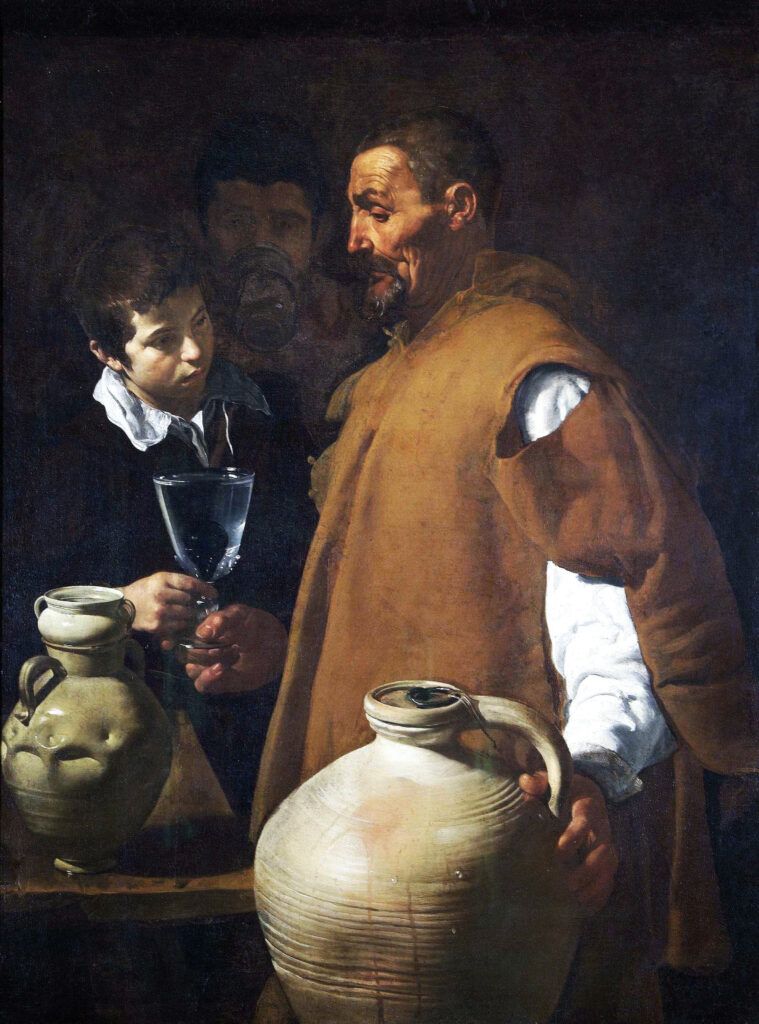
Spanish Royal Collection
The Waterloo Gallery contains most of the 165 paintings from the Spanish Royal Collection. The grateful King of Spain gifted them to Wellington.
They were found in the abandoned luggage of Joseph Bonaparte, Napoleon’s brother.
The masterpieces in the collection include:
- 4 paintings by Diego Velazquez, including the Waterseller of Seville and Pope Innocent X
- Agony in the Garden by Corregio
- paintings by Bruegel the Elder
- paintings by Esteban Murillo
- paintings by Jan Steen
- paintings by Anthony Van Dyke
- paintings by Peter Paul Rubens
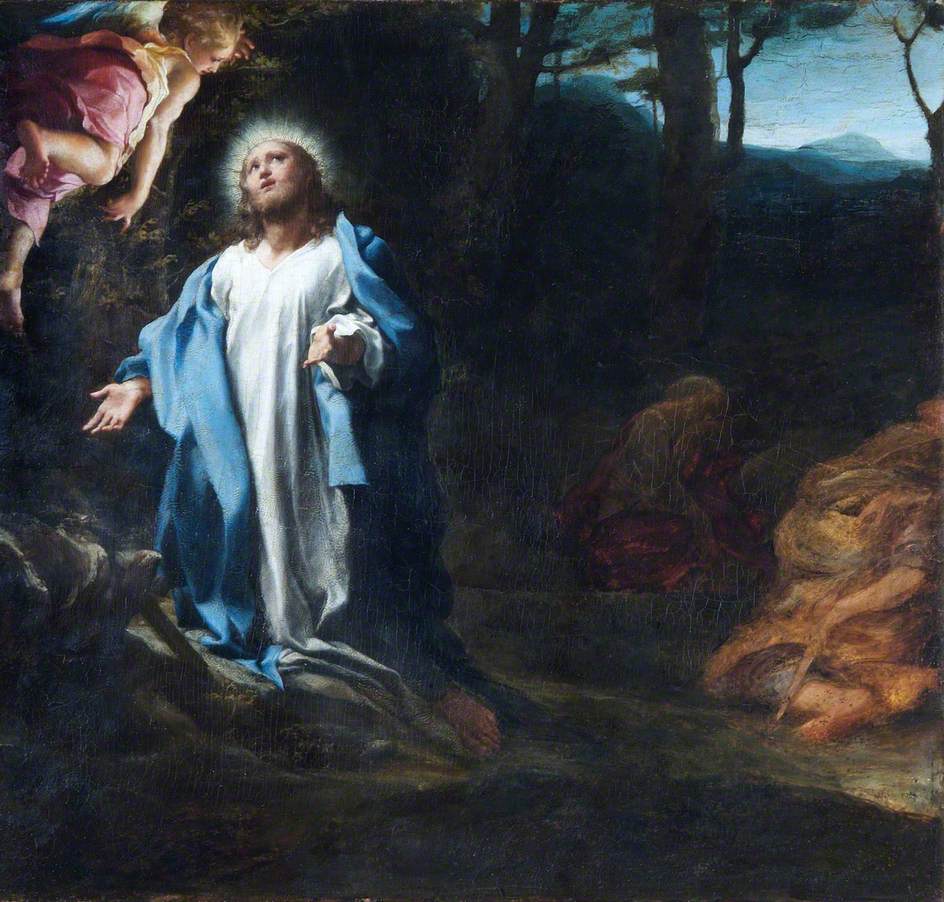
My favorite was The Waterseller of Seville.
But it’s interesting to note that the head of the Royal Academy of Art thought the Correggio should be “framed in diamonds.” The duke had a special key to open the frame, which he kept in his pocket at all times.
Over the fireplace is a copy of the famous painting of Charles I on horseback.
There’s a catalogue of the artworks in the room. So you can relax and read about them to your heart’s content.
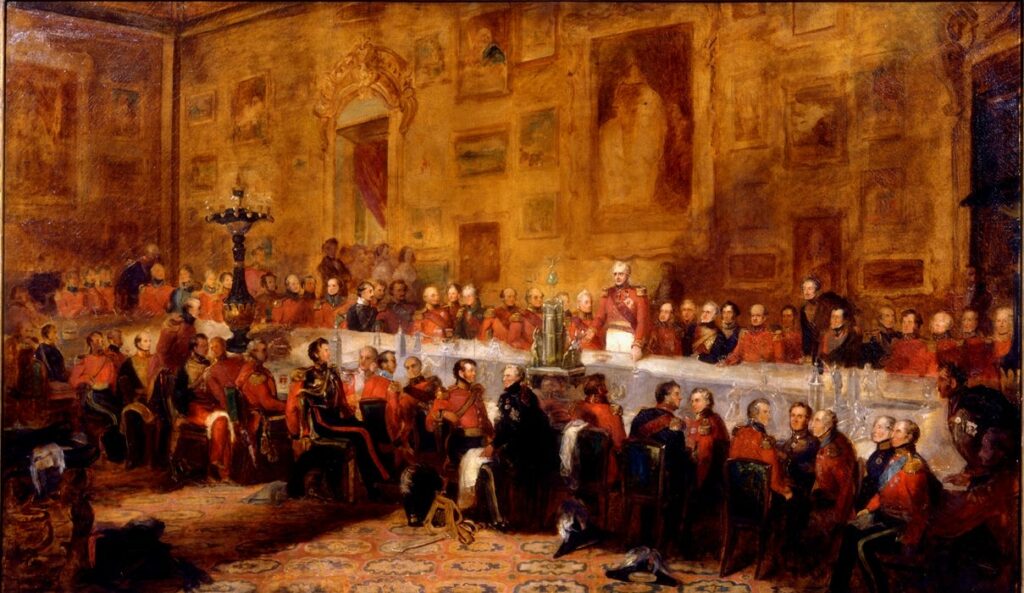
Portico Drawing Room
This room gets its name from the Corinthian columns on the exterior portico, which it looks out on. It served as a second drawing room.
The Victoria & Albert museum recreated the period furnishings of the room as it would have appeared in 1852. It’s decorated with copies of paintings that now hang in the Prado.
There’s also a painting by Robert Salter depicting the Waterloo Banquet in the Waterloo Gallery.
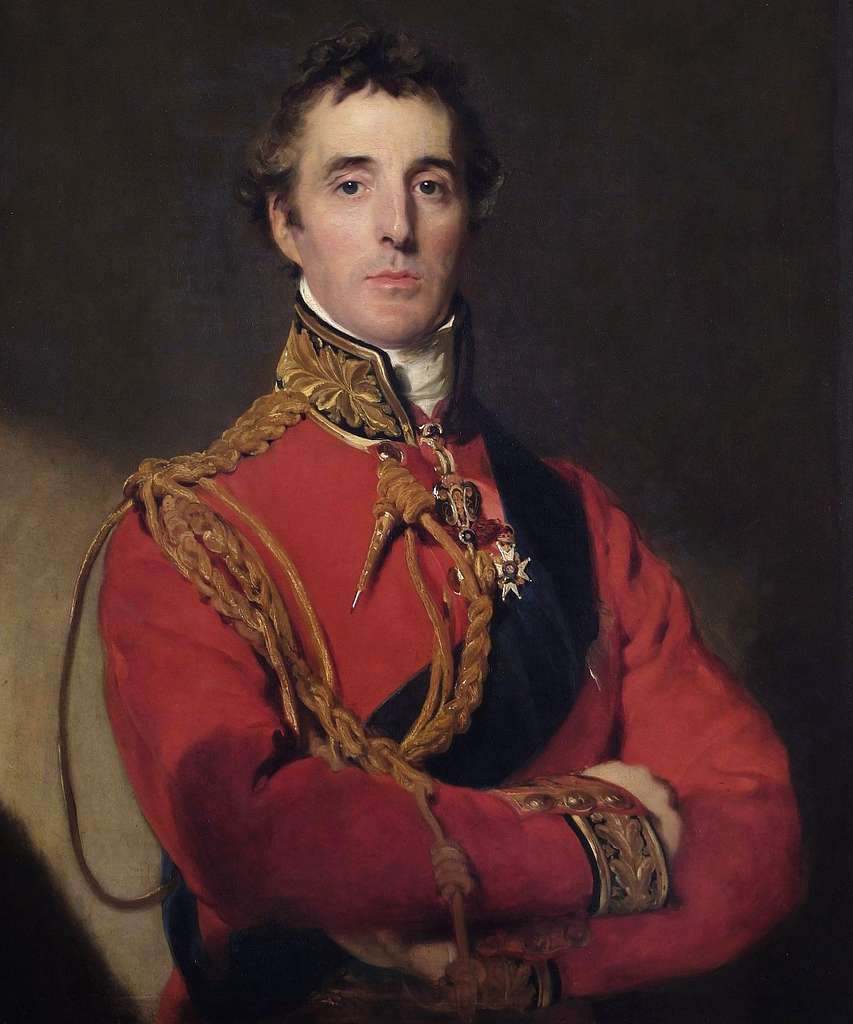
Practical Guide & Tips For Apsley House
Address: 149 Piccadilly, Hyde Park Corner, London
Hours: Open April 1 to Dec 23 & Jan 2 to March 28 from 11:00 am to 5:00 pm.
Tickets: 12.50 euros adult, family discounts available. Joint ticket with the Wellington Arch 16 euros.
Special Exhibitions: The museum also has some temporary exhibitions. When I was there, they had the Duke of Welllington’s Coronation Robes on display.
How Long To Spend? I recommend budgeting 1-2 hours. You could spend an hour just in the Waterloo Gallery.
Is Apsley House Worth Visiting? Yes, it decidedly is. It’s a rare chance to see some great art in situ. And fall back in time to Regency London.
I hope you’ve enjoyed my guide to Apsley House. You may find these other London travel guides useful:
- 3 Day Itinerary for London
- 5 Day Itinerary for London
- Hidden Gems in London
- Tourist Traps To Avoid in London
- Free Museums in London
- Harry Potter Places in London
- Guide to the Tower of London
- Guide to the Churchill War Rooms
- Guide To the National Gallery of Art
If you want to visit Apsley House, pin it for later.

